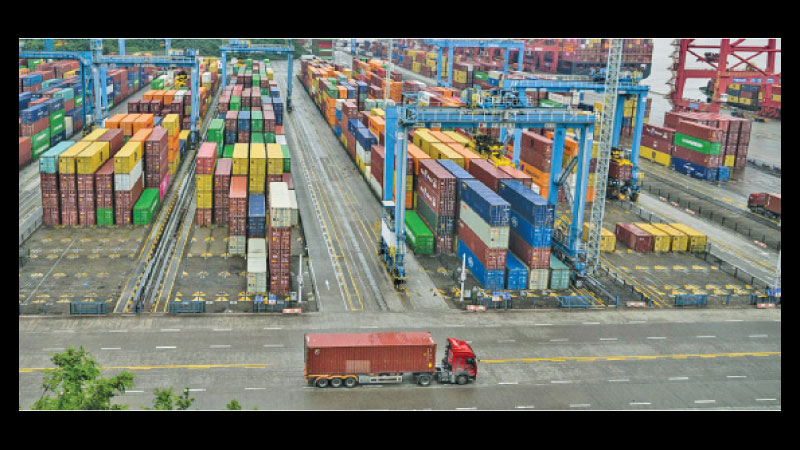WASHINGTON – Heightened trade tensions and policy uncertainty are expected to drive global growth down this year to its slowest pace since 2008 outside of outright global recessions, according to the World Bank’s latest ‘Global Economic Prospects’ report.
The turmoil has resulted in growth forecasts being cut in nearly 70% of all economies — across all regions and income groups.
Global growth is projected to slow to 2.3 percent in 2025, nearly half a percentage point lower than the rate that had been expected at the start of the year. A global recession is not expected. Nevertheless, if forecasts for the next two years materialise, average global growth in the first seven years of the 2020s will be the slowest of any decade since the 1960s.
“Outside of Asia, the developing world is becoming a development-free zone,said World Bank Group’s Chief Economist and Senior Vice President for Development Economics, Indermit Gill. “It has been advertising itself for more than a decade. Growth in developing economies has ratcheted down for three decades — from 6 percent annually in the 2000s to 5 percent in the 2010s — to less than 4 percent in the 2020s. That tracks the trajectory of growth in global trade, which has fallen from an average of 5 percent in the 2000s to about 4.5 percent in the 2010s — to less than 3 percent in the 2020s. Investment growth has also slowed, but debt has climbed to record levels,” he said.
Growth is expected to slow in nearly 60 percent of all developing economies this year, averaging 3.8 percent in 2025 before edging up to an average of 3.9 percent over 2026 and 2027.
That is more than a percentage point lower than the average of the 2010s. Low-income countries are expected to grow 5.3 percent this year — a downgrade of 0.4 percentage point from the forecast at the start of 2025.
Tariff increases and tight labour markets are also exerting upward pressure on global inflation, which, at a projected average of 2.9 percent in 2025, remains above pre-pandemic levels.
Slowing growth will impede developing economies in their efforts to spur job creation, reduce extreme poverty, and close per capita income gaps with advanced economies. Per capita income growth in developing economies is projected to be 2.9 percent in 2025 — 1.1 percentage points below the average between 2000 and 2019. Assuming developing economies other than China are able to sustain an overall GDP growth of 4 percent — the rate forecast for 2027 — it would take them about two decades to return to their pre-pandemic trajectory with respect to economic output.







